Archive
Alfred Heilbronn Botanical Garden
- Garden
- Alfred Heilbronn Botanical Garden
Word Count: 4
- Alfred Heilbronn Botanik Bahçesi, Hortus Botanicus Istanbulensis
- Alfred Heilbronn
- 1935
Süleymaniye Mahallesi, Fetva Yokuş. 41, Fatih, Istanbul.
The botanical garden in Fatih was established above the Galata Bridge in historic Stambul in the 1930s. This was carried out at the suggestion of the exiled botanist Alfred Heilbronn.
Word Count: 30

Alfred Heilbronn Botanical Garden, Istanbul Fatih, 1935/1937, entrance (Photo: Burcu Dogramaci, 2018). 
Alfred Heilbronn Botanical Garden, Istanbul Fatih, 1935/1937 (Photo: Burcu Dogramaci, 2018). 
Alfred Heilbronn Botanical Garden, Istanbul Fatih, 1935/1937 (Photo: Burcu Dogramaci, 2018). 
Alfred Heilbronn Botanical Garden, Historical Plant Sign, 1935/1937 (Photo: Burcu Dogramaci, 2018). 
Alfred Heilbronn Botanical Garden, Historical Plant Sign, Istanbul Fatih, 1935/1937 (Photo: Burcu Dogramaci, 2018). 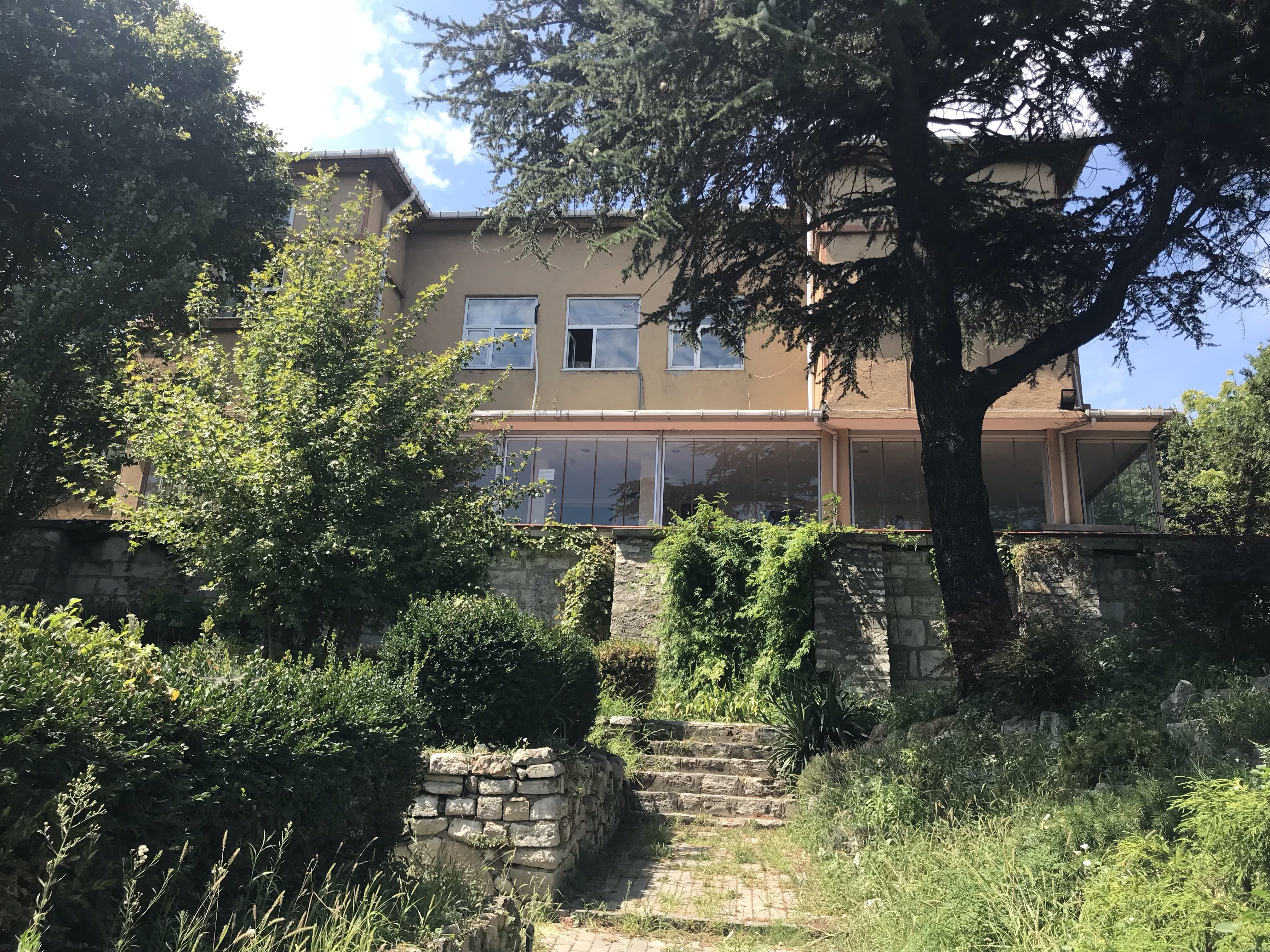
Ernst Egli, Botanical Institute, 1935/1936 (Photo: Burcu Dogramaci, 2018). 
Ernst Egli, Botanical Institute, 1935/1936 (Photo: Burcu Dogramaci, 2018). 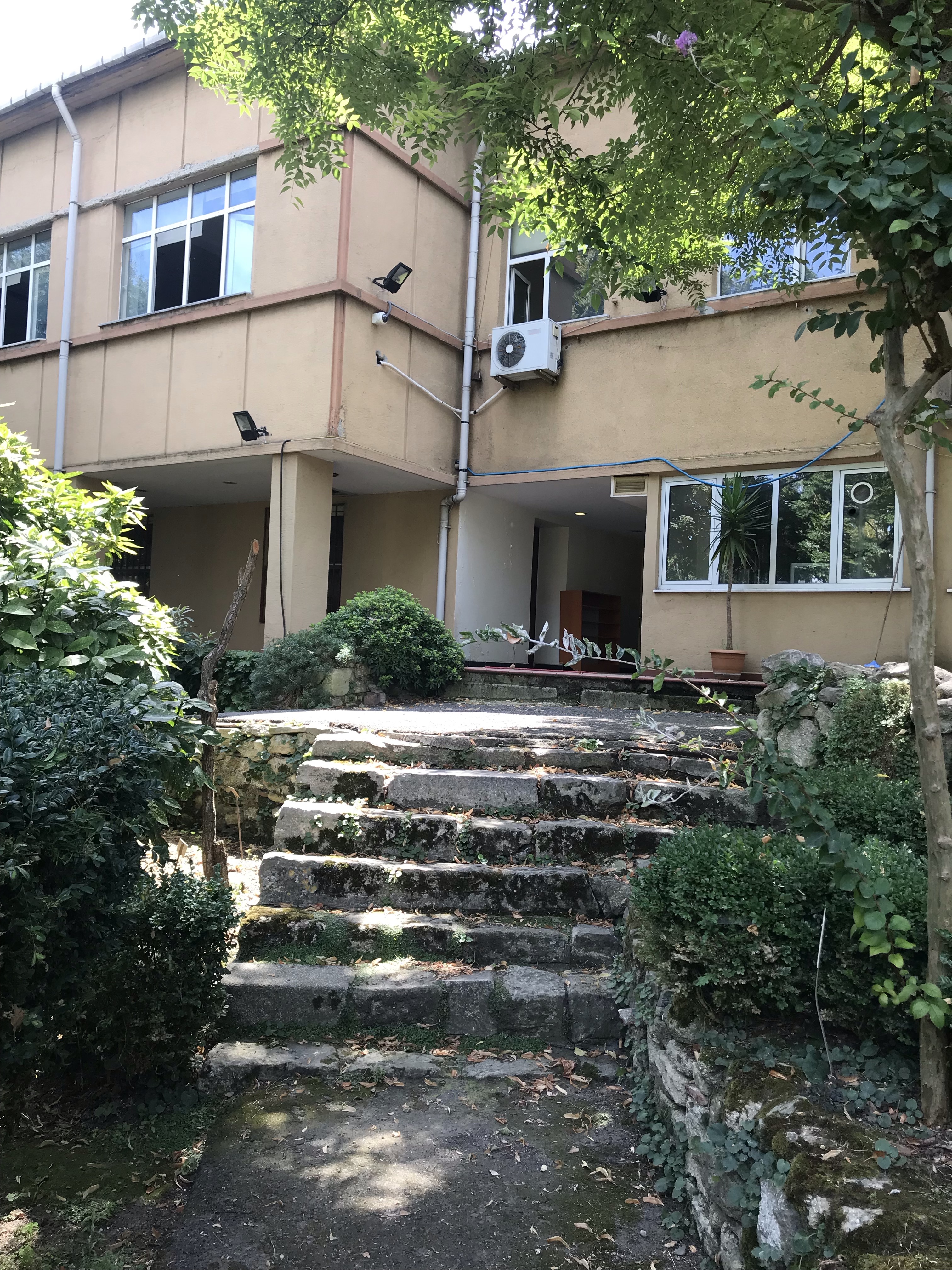
Ernst Egli, Botanical Institute, 1935/1936 (Photo: Burcu Dogramaci, 2018). 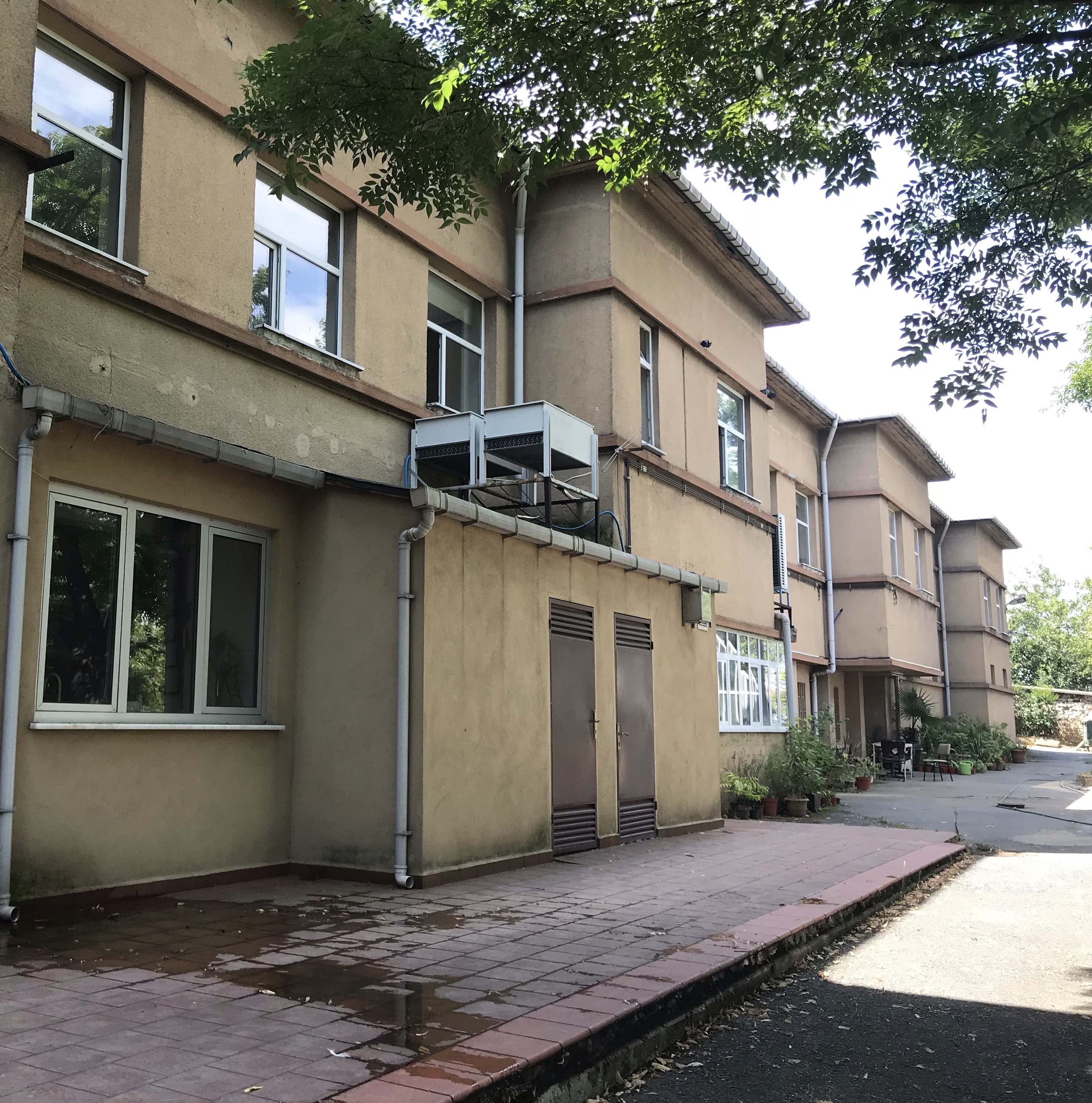
Ernst Egli, Botanical Institute, 1935/1936 (Photo: Burcu Dogramaci, 2018). 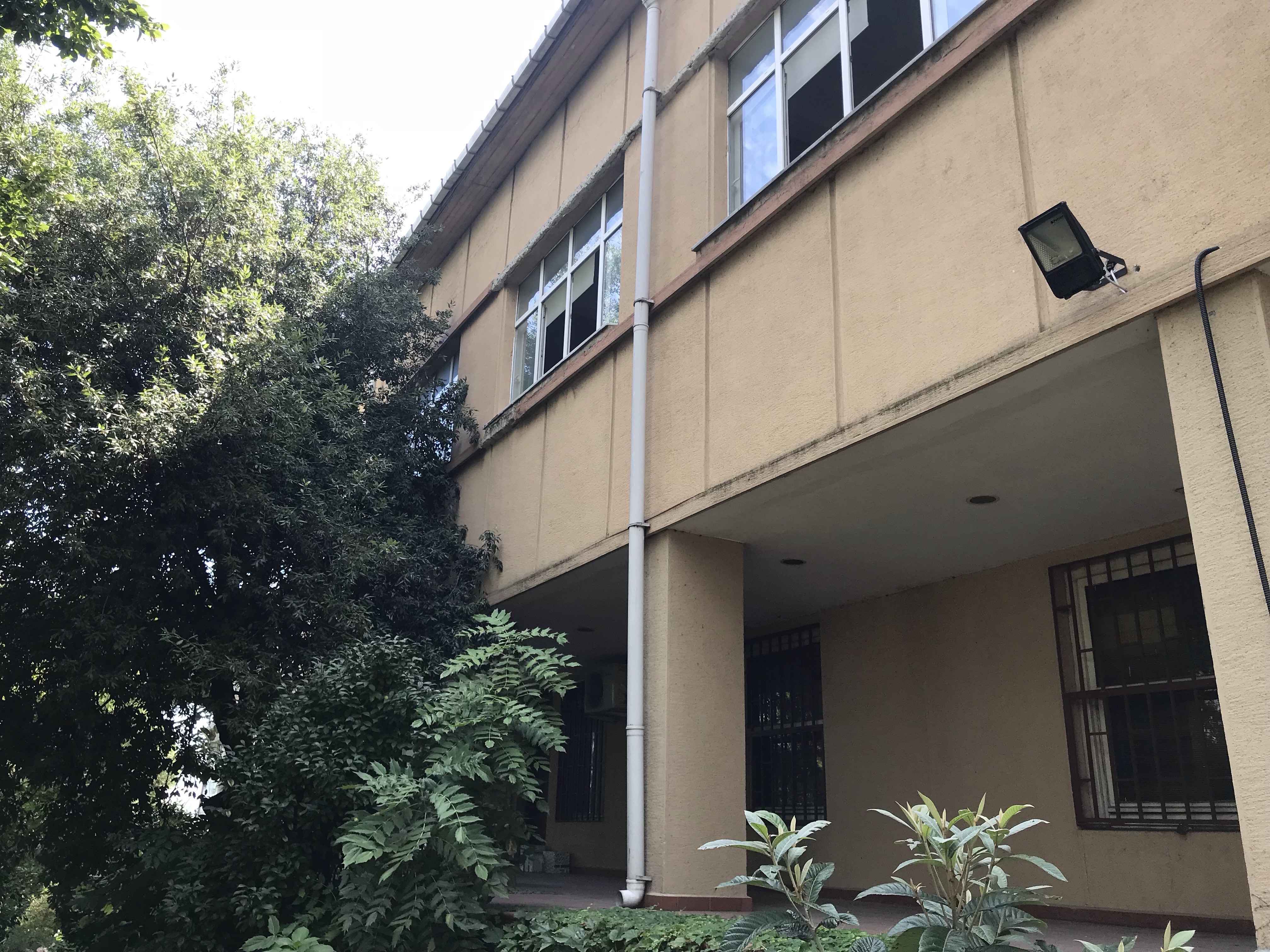
Ernst Egli, Botanical Institute, 1935/1936 (Photo: Burcu Dogramaci, 2018). 
Ernst Egli, Botanical Institute, 1935/1936 (Photo: Burcu Dogramaci, 2018). 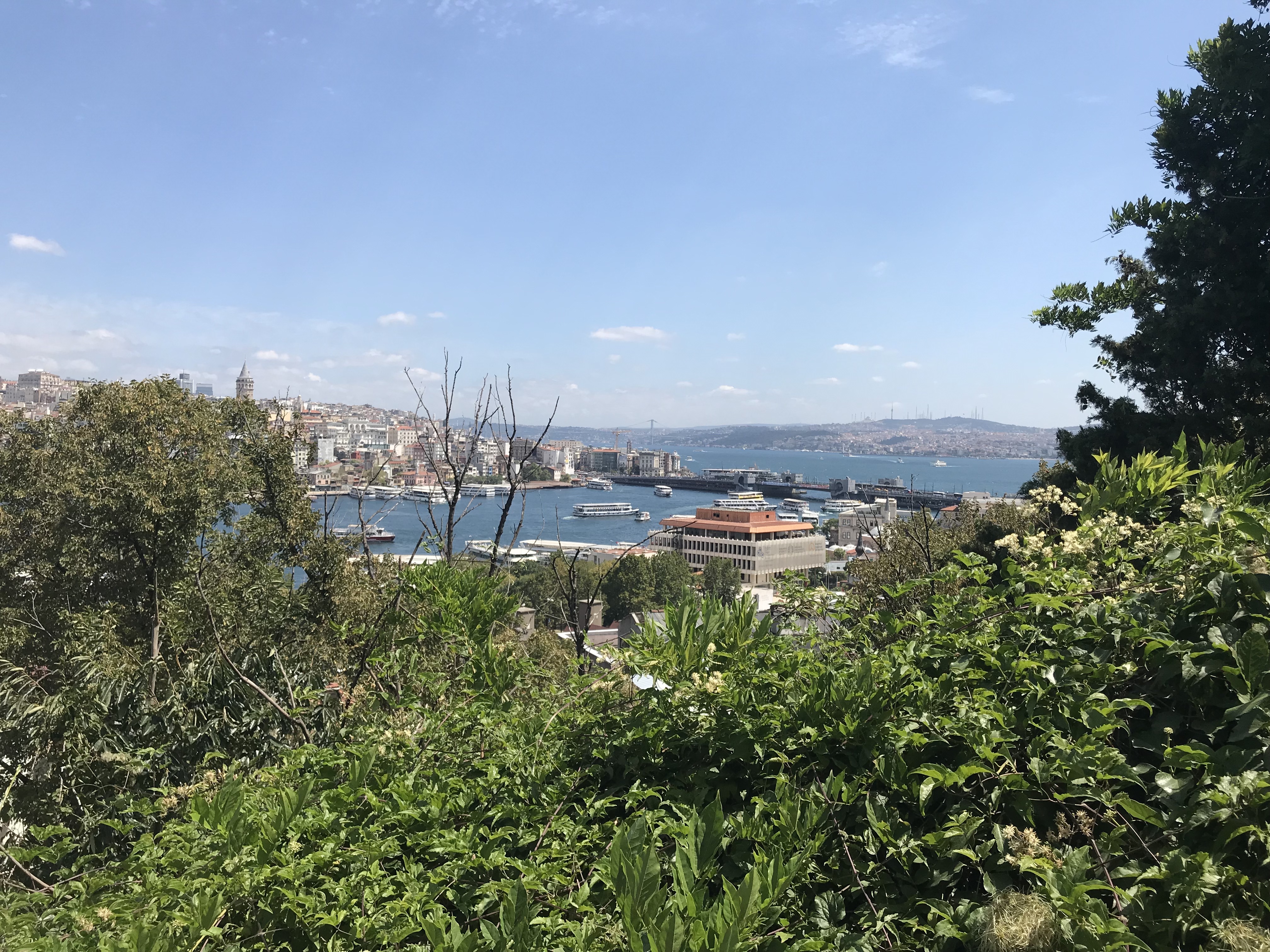
Alfred Heilbronn Botanical Garden, 1935/1937, view at the Bosporus (Photo: Burcu Dogramaci, 2018). Aladağ, Dilşad, and Eda Aslan. “The Garden of (not) Forgetting, The Memory of Place and the Topography of Destruction.” 2018, Academia, https://www.academia.edu/41789284/The_Garden_of_not_Forgetting_The_Memory_of_Place_and_the_Topography_of_Destruction. Accessed 21 March 2021.
Aladağ, Dilşad, and Eda Aslan. Bir Yerin izinde Pek Çok Yer. Manifold, 2021.
Anonymous. “Alfred Heilbronn Botanik Bahçesi Tahliye Ediliyor.” 2 July 2018, Arkitera, https://www.arkitera.com/haber/alfred-heilbronn-botanik-bahcesi-tahliye-ediliyor/. Accessed 21 March 2021.
Dogramaci, Burcu. “Arrival City Istanbul: Flight, Modernity and Metropolis at the Bosporus. With an Excursus on the Island Exile of Leon Trotsky.” Arrival Cities. Migrating Artists and New Metropolitan Topographies in the 20th Century, edited by Burcu Dogramaci et al., Leuven University Press, 2020, pp. 205–225, https://library.oapen.org/handle/20.500.12657/41641.
Halili, Arnisa. “Istanbuls erster Botanischer Garten: Deutsch-türkische Geschichte mit allen Sinnen erspüren.“ 21 September 2020, treffpunkteuropa.de, https://www.treffpunkteuropa.de/istanbuls-erster-botanischer-garten-deutsch-turkische-geschichte-mit-allen?lang=fr. Accessed 21 March 2021.
Ludwig, Astrid. “Die Frankfurter Goethe-Universität ehrt den jüdischen Pathologen und ehemaligen Professor Philipp Schwartz mit einer Gedenkstele.” Jüdische Allgemeine, 25 November 2014, https://www.juedische-allgemeine.de/kultur/der-vergessene-retter/. Accessed 28 March 2021.
Namal, Arin, et al. “Ein deutscher Emigrant als Namensgeber des Botanischen Gartens der Universität Istanbul: Prof. Dr. Alfred Heilbronn (1885–1961) und seine Stellung in der Geschichte der Botanik der Türkei.” Botanische Gärten und botanische Forschungsreisen (Europäische Wissenschaftsbeziehungen, Vol. 3), edited by Ingrid Kästner and Jürgen Kiefer, Shaker Verlag, 2011, pp. 179–212.
Nicolai, Bernd. Moderne und Exil. Deutschsprachige Architekten in der Türkei 1925–1955. Verlag für Bauwesen, 1998.
Polat, Raife. “Köhne Güzel: Alfred Heilbronn Botanik Bahçesi.” 18 March 2018, manifold.press, https://manifold.press/kohne-guzel-alfred-heilbronn-botanik-bahcesi. Accessed 21 March 2021.
Raß, Oliver. “Zum Gedenken an Alfred Heilbronn.” flurgespräche, n.d. [2014], http://www.flurgespraeche.de/wp-content/uploads/2017/06/Gedenkblatt_Heilbronn_Alfred.pdf. Accessed 21 March 2021.
Röhrs, Christine-Felice, and Linda Say. “Botanischer Garten in Istanbul:. Vermächtnis eines jüdischen Exilanten in Gefahr.” Tagesspiegel, 7 June 2019, https://www.tagesspiegel.de/wissen/botanischer-garten-in-istanbul-vermaechtnis-eines-juedischen-exilanten-in-gefahr/24434672.html. Accessed 7 October 2020.
Word Count: 318
My deepest thanks go to Dilşad Aladağ and Eda Aslan for sharing their knowledge on Alfred Heilbronn Botanical Garden and giving permission to reproduce their work The Garden of (not) Forgetting.
Word Count: 32
- Istanbul
- Burcu Dogramaci. "Alfred Heilbronn Botanical Garden." METROMOD Archive, 2021, https://archive.metromod.net/viewer.p/69/2949/object/5140-8103294, last modified: 20-06-2021.
-
Leonore KosswigBiologistPhotographerEthnographerIstanbul
The exiled biologist and photographer Leonore Kosswig was one of the pioneering women researchers travelling alone in the 1950s and exploring customs and ways of life in Turkey and Iraq.
Word Count: 30
Ragıp Devres VillaBuildingResidenceIstanbulThe house designed by the Swiss-Austrian architect Ernst Egli for the engineer Ragip Devres in Istanbul Bebek left its mark on the Turkish villa landscape.
Word Count: 25